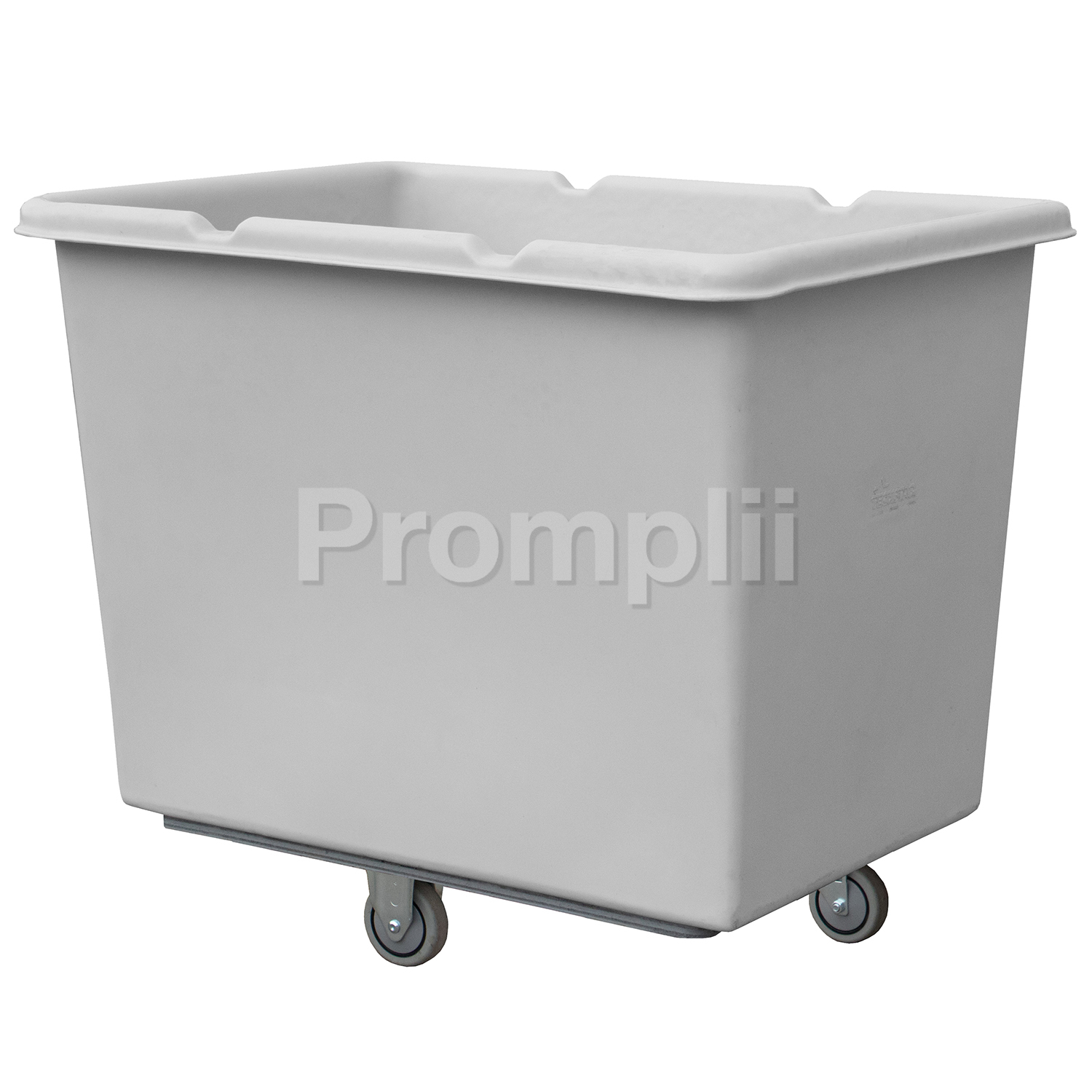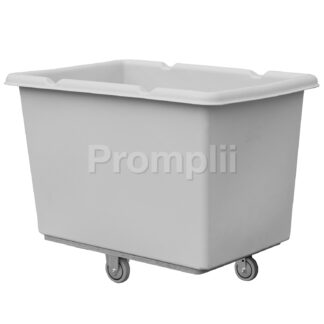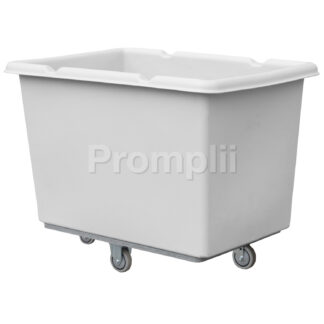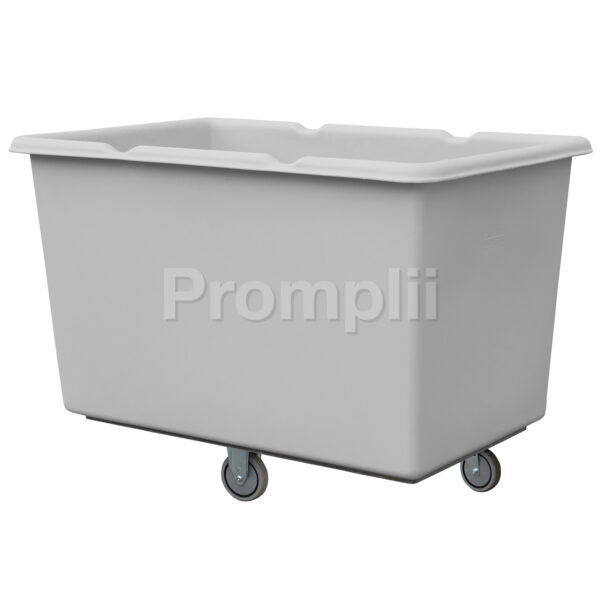Description
Our Heavy Duty Box Cart series are not only heavier duty compared to the regular box carts, but also includes four larger sizes. These carts offer all the same great features as our regular box carts, with twice the weight carrying capacity! Features include thicker walls, larger and higher load rated casters, a treated plywood undercarriage and small taper for nesting, minimizing required storage space and shipping costs. Heavy Duty box carts are perfect for moving extra-large or extra-heavy loads.
Choosing the Right Box Carts:
1. Consider the material you want to move. Does it have size or volume restrictions for the inside of your cart? Compare these to the inside cart dimensions.
2. Measure areas this cart will travel, including doorways, hallways, elevators and spaces between machines. Compare these to the outside cart dimensions.
3. Consider what a full load would be and decide if it is practical for one person to push that much.
4. Although you may only be handling 300 pounds and certainly could use a cart with a 400 pound load rating, a cart with 800 pound capacity will roll easier (because it has larger wheels) and last longer (because it has thicker walls). In the long run this may be better value for you.
5. Do you have an application that would be advantageous to use an Easy Access Box Cart allowing you to pile goods higher but still bend into the cart and reach the bottom to empty it? This makes great sense to maximize use of height.
6. Would a Spring Lift Platform be of value to you?
7. Check all floor surfaces for caster compatibility. Most of our casters are designed for concrete floors. If you have any concerns, please do not hesitate to call us. Bigger wheels roll easier. There are special wheel materials for carpet and outdoor use.
8. Consider the best caster pattern for your application. All swivel casters are best for tight areas but they do not travel long distances well. Diamond pattern turns easiest and travels long distances well. Corner pattern gives you the most stability for safety with heavy loads and travels long distances as well.
9. Colour coding is certainly possible for material identification needs. An example might be yellow for a spill kit.




